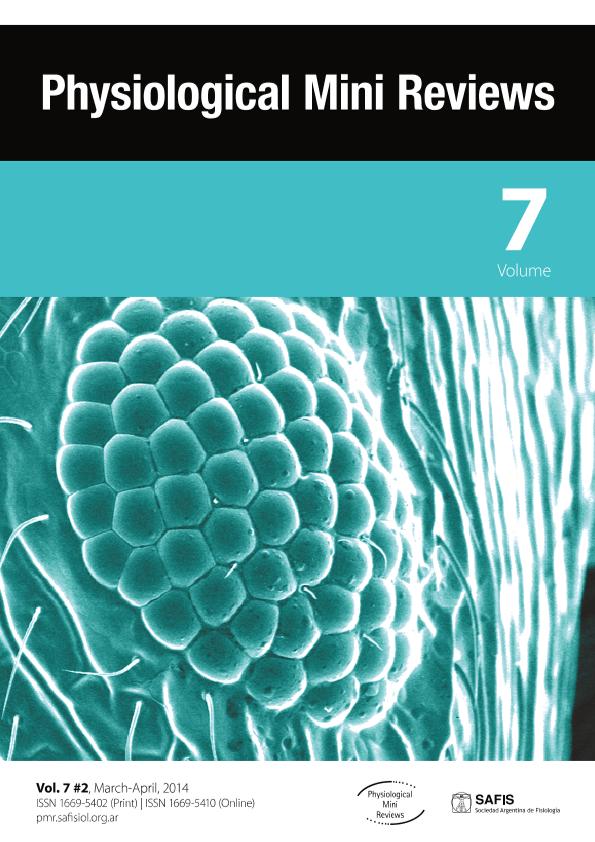Artículo
Hepatic and intestinal biotransformation and transport of xenobiotics during pregnancy and lactation
Fecha de publicación:
12/2014
Editorial:
Universidad Nacional de La Plata. Facultad de Medicina. Centro de Investigaciones Cardiovasculares
Revista:
Physiological mini reviews
ISSN:
1669-5410
Idioma:
Inglés
Tipo de recurso:
Artículo publicado
Clasificación temática:
Resumen
The liver is the main place for phase II metabolism and transport of xenobiotics mediated by Mrp2, leading to elimination of conjugated metabolites into bile. In the gastrointestinal tract, phase II enzymes and Mrp2 are preferentially localized in the proximal region of the small intestine, particularly at the tip of the villus. In pregnant rats, conjugating enzymes (e.g. UGT and GST) and Mrp2-mediated transport of xenobiotics are decreased when compared to normal females, whereas these systems are preserved in small intestine, suggesting a complementary role for this tissue. After delivery, these same enzymes increase their expression and activity, being maximal during the last week of lactation. Mrp2 protein in liver also recovers and reaches the control level by the end of the lactation period. Post-partum rats exhibit a significant increase in development of the digestive tract in association with induction of phase II enzymes and Mrp2 expression and activity. Although the factors involved in regulation of protein expression may not be the same for conjugating enzymes and Mrp2 in the different experimental situations or tissues studied, their common localization and co-regulation provide evidence that they may work in cooperation. This is not surprising if we consider that most of the substrates for MRPs are the products that result from phase II reactions. Here, we provide a brief description of regulation of major phase II enzymes and Mrp2 during pregnancy and lactation, as particularly seen in the rat.
Palabras clave:
Mrp2
,
Intestino
,
Lactancia
Archivos asociados
Licencia
Identificadores
Colecciones
Articulos(IFISE)
Articulos de INST.DE FISIOLOGIA EXPERIMENTAL (I)
Articulos de INST.DE FISIOLOGIA EXPERIMENTAL (I)
Citación
Arana, Maite Rocío; Arias, Agostina; Villanueva, Silvina Stella Maris; Mottino, Aldo Domingo; Hepatic and intestinal biotransformation and transport of xenobiotics during pregnancy and lactation; Universidad Nacional de La Plata. Facultad de Medicina. Centro de Investigaciones Cardiovasculares; Physiological mini reviews; 7; 2; 12-2014; 14-27
Compartir




